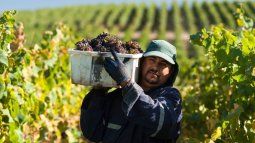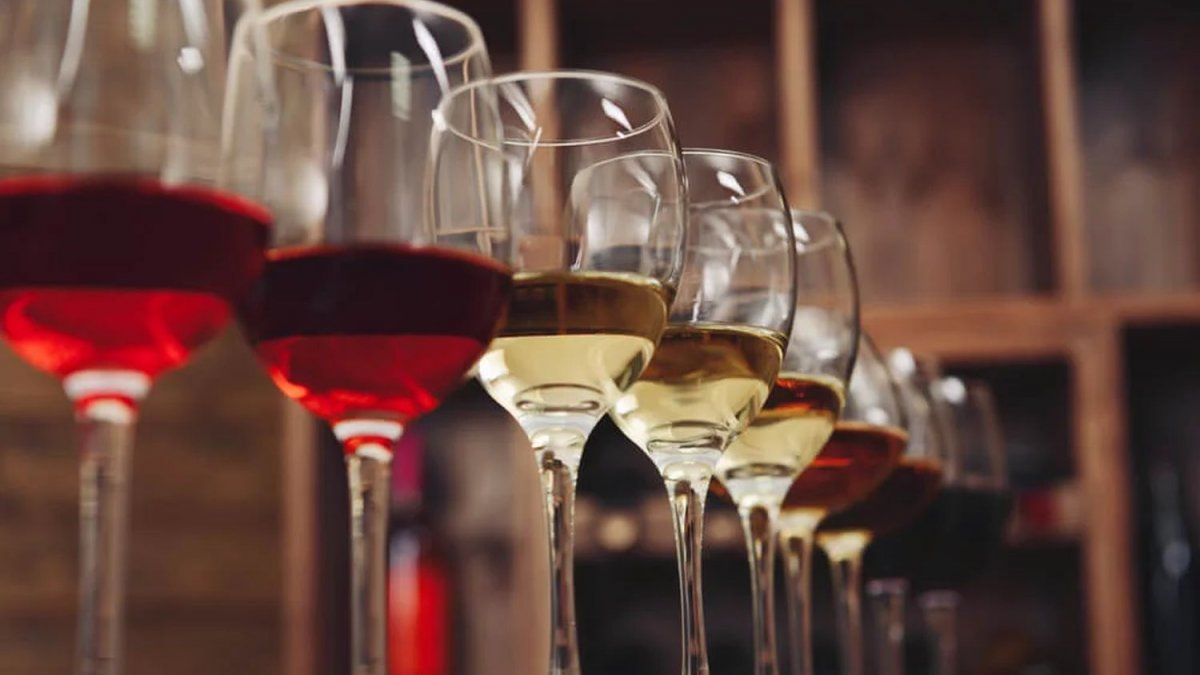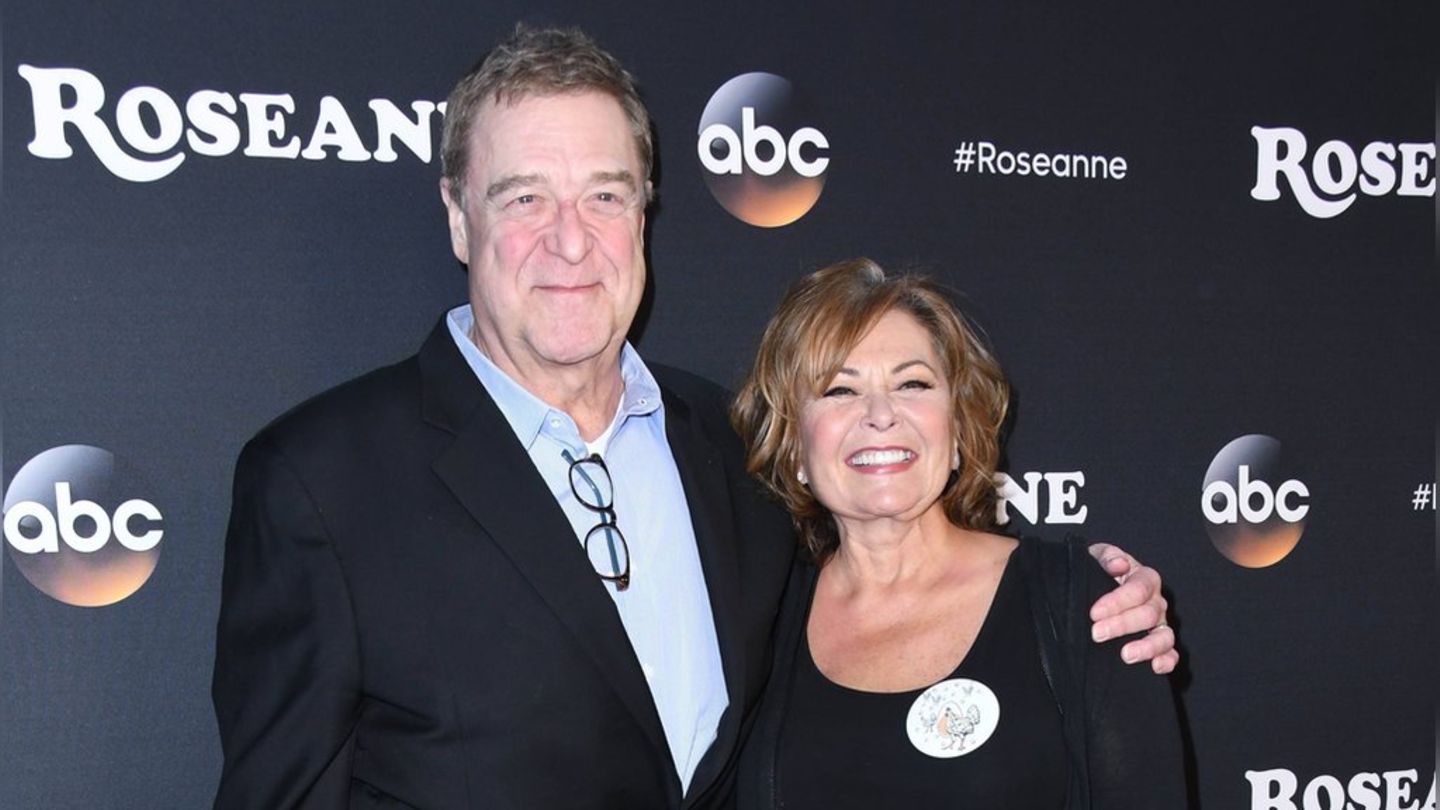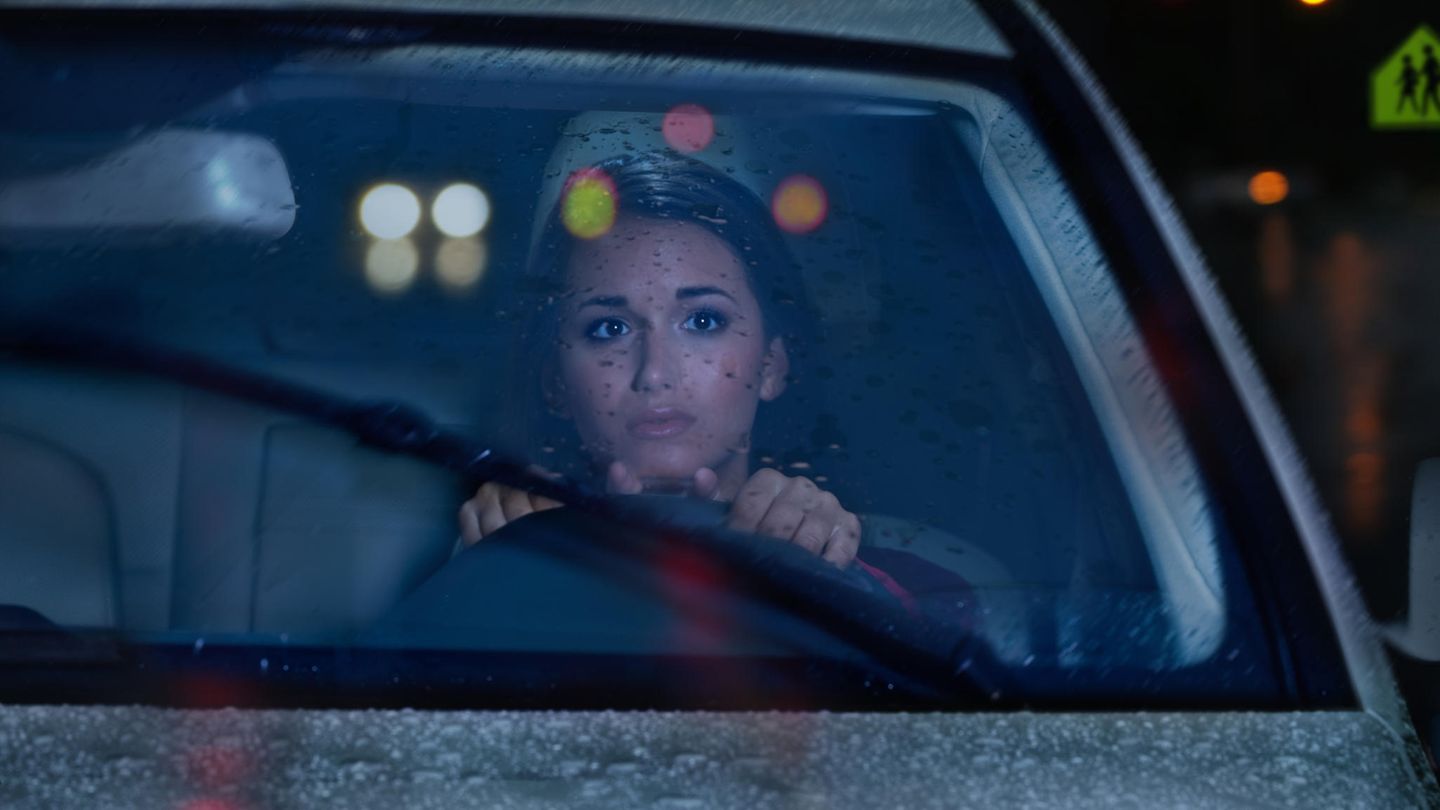The objective of the measure is to update local regulations on the dealcoholization of wine, in line with international standards.
The new Resolution will come into effect upon its publication in the Official Gazette, the text concludes.
Through the Resolution 5/2024 of the INational Institute of Viticulturepublished this Wednesday in the Official Gazette, some key aspects of the regulation and regulations related to the practice of dealcoholization of wine and the definition of the products resulting from this processas well as updates to regulations related to said practice in the wine industry.
The content you want to access is exclusive to subscribers.
The official text mentions that international regulations related to the dealcoholization treatment of wines and the products resulting from This process has been modified over time, requiring updates to practices and definitions related to the dealcoholization of wine at the local level, which would justify the official standard.


Likewise, several resolutions and regulations from different organizations and countries are listed that address the dealcoholization of wine and the correction of the alcohol content in wine products and refer to the approval of legal oenological practices, such as the dealcoholization of wine and the correction of the content. of ethanol from wine up to a certain percentage, as well as the definition of terms such as “partially dealcoholized wine” and “dealcoholized or non-alcoholic wine.”
In this sense, specific provisions are established, such as the need for authorization from the National Institute of Viticulture (INV) to use dealcoholization equipment, the obligation to keep dealcoholized products separated in wine establishments and the destination of the hydroalcoholic mixture to distilleries or vinegar factories.
Key points of the regulations
The dealcoholization of wine is approved as a legal oenological practice.
- Only equipment authorized by the INV may be used for dealcoholization.
- Correction of the ethanol content of the wine is allowed up to a maximum of 20%.
- The following categories are defined:
- Wine with Alcohol Correction (Reduction of alcohol content): Wine with a lower alcohol content than the original.
- Partially Dealcoholized Wine: Wine with a decrease in alcohol content of more than 20%, but with a final content of at least 0.5% vol.
- Dealcoholized Wine or Non-Alcoholic Wine: Wine with an alcohol content of less than 0.5% vol.
- Requirements are established for the storage and control of dealcoholized wine and hydroalcoholic mixture.
Preparation of Light Wines or Early Harvest Wines
In another standard, also published in the Official Gazette, under the Resolution 6/2024, the same organization modified the definition of Light Wines or Early Harvest Wines, this means that now said products may change certain aspects such as the permitted alcohol range or the carbonation thereof.
Modification of the definition of Light Wines or Early Harvest Wines:
- The range of permitted alcohol is expanded, from 5% to 11.5% v/v.
- Carbonation of these wines is allowed up to a maximum of 1 atmosphere.
- A minimum grape/wine ratio of 130 kg/100 l is established.
Simplification of administrative requirements:
- The obligation to communicate to the INV a series of administrative requirements is eliminated.
- The obligation to include the legal name “Light Wine” or “Early Harvest Wine” on labels is void.
Other modifications:
- It is established that Light Wine or Early Harvest Wine must remain separate from the rest of the wine in the establishment.
- Sanctions are established in case of non-compliance with the regulations.
The new Resolution will come into effect upon its publication in the Official Gazette, the text concludes.
Source: Ambito




